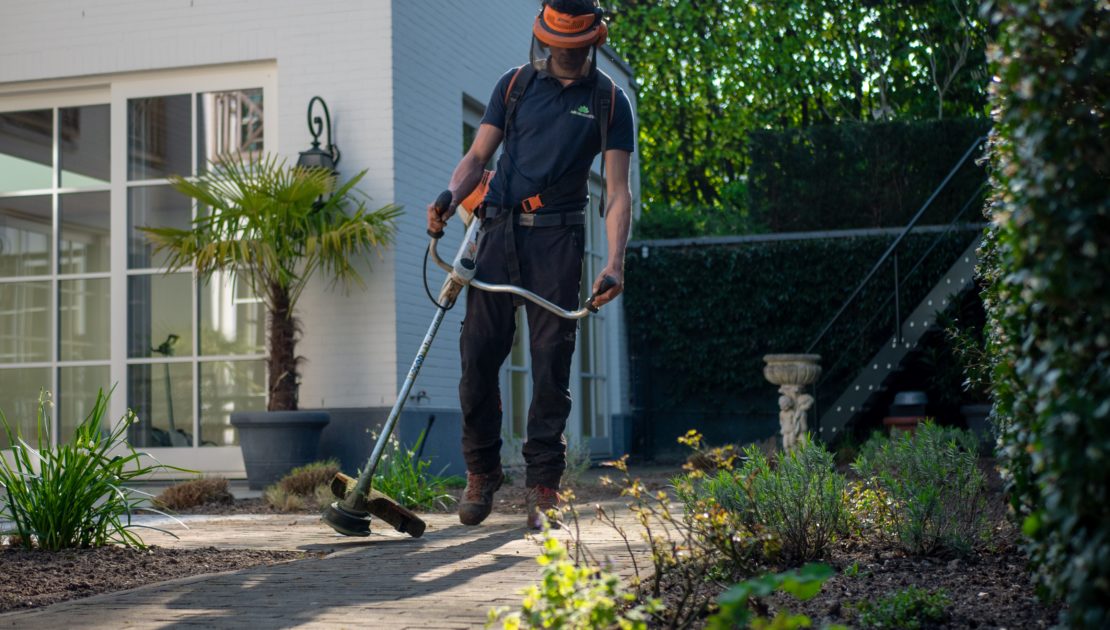[mc4wp_form id=”2320″]
Landscaping 101: 3 Weed Control Tips for Clearer Flower Beds
-
September 30, 2020
- Posted by: Admin

Weeds are the bane of landscapclasers and gardeners alike. One minute you’re carefully cultivating your perfect little garden—and the next thing you know, weeds have grown next to your plants, competing with your plants for water, sunlight, and soil nutrients.
To make matters worse, weeds can grow faster than your plants, and before long, these can invade your garden, leaving your plants wilting or stunted! Unfortunately, controlling the weed population is a fact of life for gardeners and landscapers. To help you out, here are three practical tips to ensure that your garden’s weed growth is always manageable.
Cover the soil with a weed barrier
Contrary to popular belief, weeds don’t just pop out of nowhere. Common weed species, such as the Dwarf Snapdragon (Chaenorrhynum Minus), Spotted Knapweed (Centaurea Biebersteinii), or the Wild Carrot (Daucus Carota), have very tiny seeds that disperse in the wind often as a result of passing motor vehicles.
To prevent seeds from landing and germinating on your flower bed, you can cover the soil with porous weed barriers, like fabric, burlap, or cardboard. Ensure the entire bed is protected by the barrier, and anchor the edges with u-shaped garden staples. When you are ready to plant, make an x-shaped hole on the part where you plan to place the seedlings.
Apply mulch to your flower bed
Traditionally, gardeners use mulches to conserve soil moisture, improve soil health, and enhance the area’s visual appeal. However, it also covers the soil’s surface and acts as a weed barrier to prevent germination.
Organic mulch material, such as wood chips, bark, or pine needles, are best for keeping the soil healthy. However, inorganic mulch, such as gravel or decorative stones, provides a more effective barrier against weed seeds dispersed through the wind.
Uproot weed growth as you see them
Weed species are very tenacious and will grow anywhere, given the tiniest of opportunities. Even the smallest gaps left by your weed barrier or mulch can house weed growth because of wind dispersal.
Therefore, the most effective way to get rid of weed growth is to uproot them while it’s still small. Young weeds still have short roots that you can simply uproot without much force.
The longer you let weeds grow unattended, the more difficult it will be for you to remove them later on. Certain weeds can quickly form an extensive network of roots that provide deep anchorage to the soil. Some species even have roots that interfere with the growth of your main plant.
With no room for growth, these weed species’ roots can entangle with your plant’s roots, making it difficult for you to altogether remove it without disturbing your plant. In this case, you can use a garden knife to cut away at the invading weeds, taking care not to injure your main plant.
Should I use weed killers?
Weed killers are usually chemical-based and are effective in killing weeds. Unfortunately, because weeds are also plant life, the chemicals used to kill it will affect your plants as well. Weed killers are generally recommended for areas where you don’t want any plant-life to survive, such as your outdoor patio or deck.
Conclusion
The critical thing to remember is that weeds grow in the same conditions that your plants do; these also need access to soil, moisture, sunlight, and nutrients. The only difference is that weeds are much more adept at surviving in adverse conditions. As such, the only way to curb weed growth is to deny them surface area as much as possible and regularly inspect your garden for emerging weed growth.
Are you looking for more permanent landscaping solutions to clear out weeds from harming your landscape’s aesthetic? Classic Landscapes is a team of landscapers in Winnipeg, Canada, that has been serving the area for the last ten years. We design, construct and maintain landscapes that exceed expectations. Contact us today to learn more about our services!
